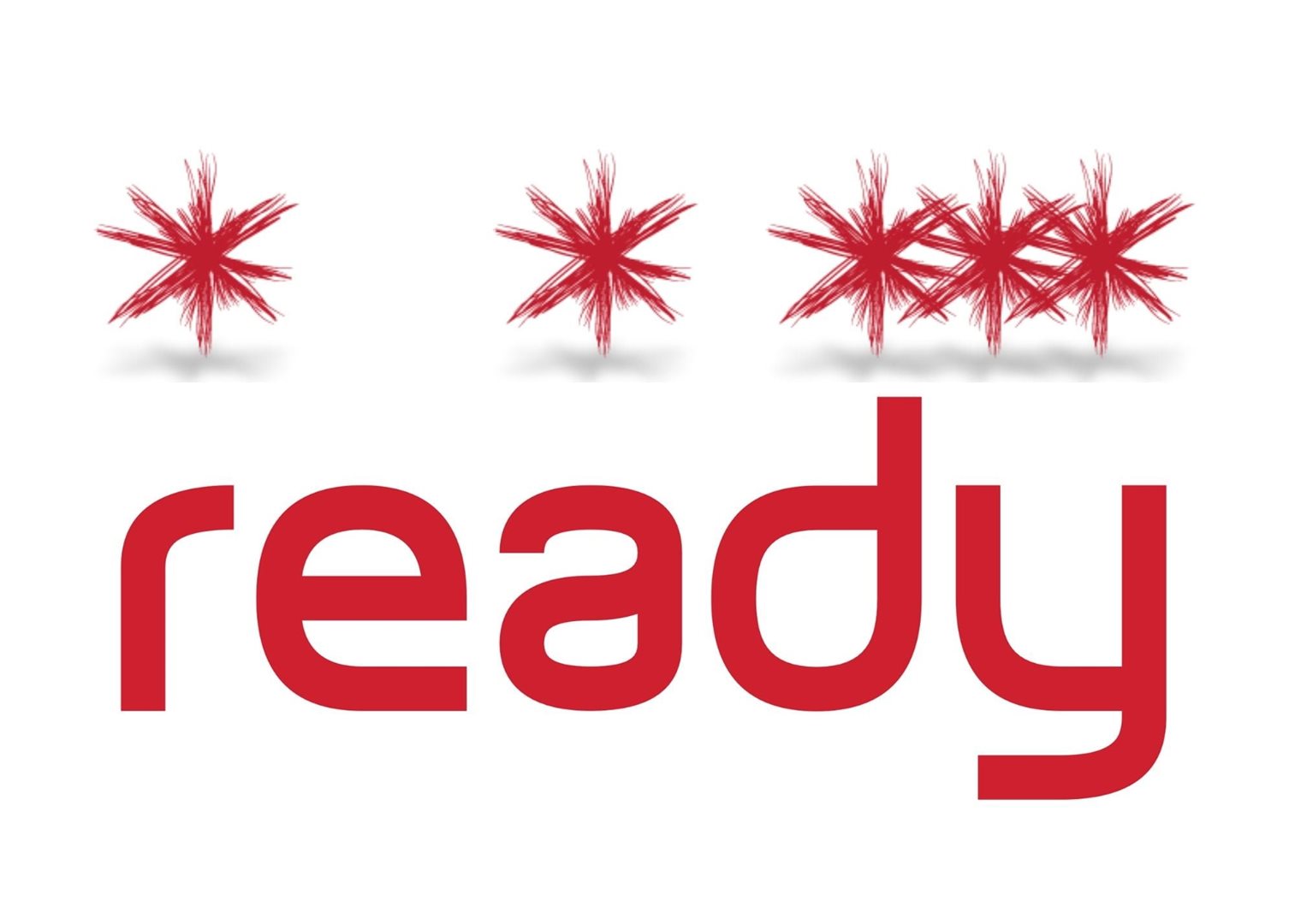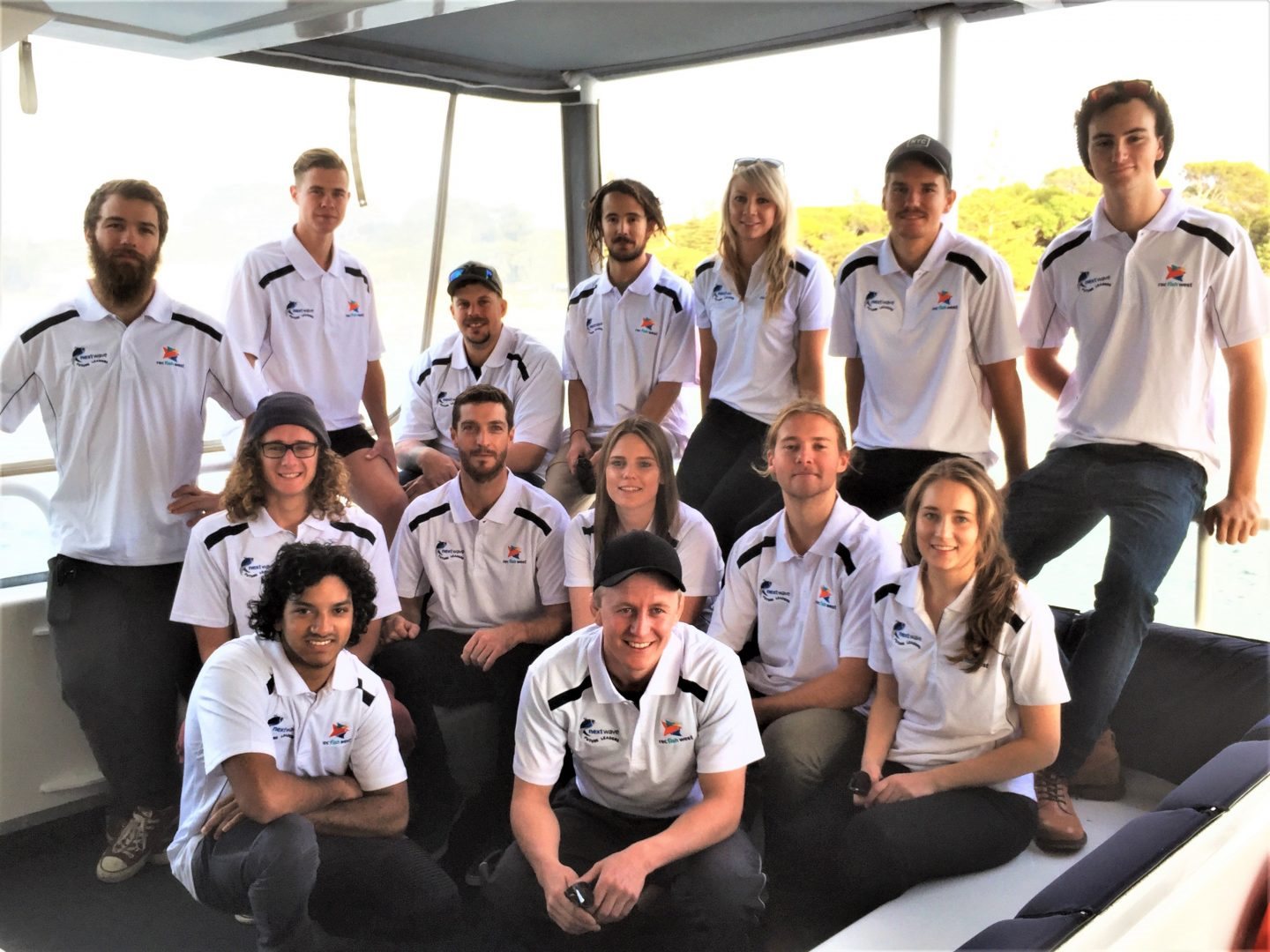
How do you ask questions?
Why do we ask questions?
I spent a week in Canberra recently with our latest group of seafood leaders.
I have reflected on that week of passion and pressure questions were a common theme. But even looking at the photo I have questions.

These are the questions that run through my head all the time.
And if I pause just now there will be questions. Very quite questions in the background, that my mind is sorting with me barely conscious of that activity.
There will be more pressing task-type questions and more strategic why questions that sometimes the task questions push away from my brain power.
Where do those strategic questions go that get ignored go I wonder? Bloody hell – there’s another question!
But…
Have you ever wondered about questions and the impact they have?
Have you ever paused and thought about how you are constructing your questions to get the answers you are seeking?
Now that might seem like what? But it is important to spend your brainpower brownie points on thinking about how to construct questions.
So back to our champion graduates last week in Canberra.
We spend 6 months working with these wonderful people. Honing their skills, stretching their capacity, supporting their activities, providing them with leadership opportunities.
On the second day of the six months we shared with them some of the theory of questions – the how . And we encouraged them to ask the question for the answers they were seeking.
Now that might seem a little manipulative on first reading and it may sound like ask the question you already know the answer. But that is not the case.
Interpreting knowledge
Interpreting some knowledge shared by MaryJo Asmus it would appear that if we ask open thought provoking questions this happens.
- 1Neuroplasticity of our powerful brain kicks in and we start making sense and have expanded insight.
- 2The whole brain gets involved as we reflect on what has been asked and we move forward the answer (or potentially another question).
- 3We get a hit of serotonin (a rush of energy) as our brain sees that we should be moving and doing something new.
So, ask an open-ended, insightful question. Why? Because the brain lights up and expands and will find new pathways and meaning to discover the solution.
Ask questions that open people to new thinking. And construct your questions in ways that will give everyone that brain activity. What a gift!
Asking questions that evoke responses
Back to the leadership graduates.
Although they had spent time asking questions it was not until the second last day that they really fired. Asking questions of industry leaderships that evoked the above responses.
How did that happen?
Well, firstly because we kept at them about getting their questions honed. And it also happened because, as a group, they got organised and mapped the questions they would ask.
It was magic.
Create brain magic with your questions. Ask the questions that you want answers to that make all our brains expand.


















